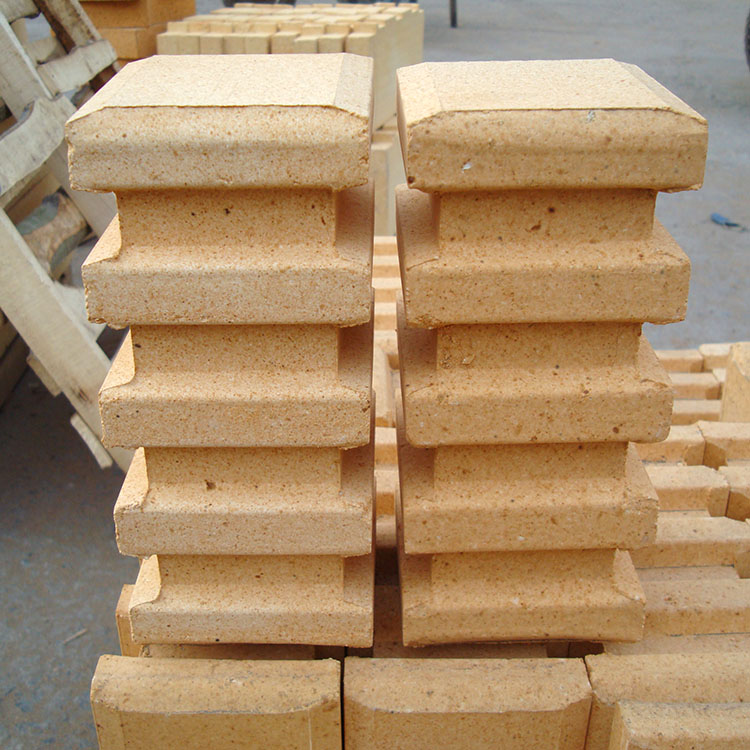For procurement managers and technical buyers in high-temperature industries, choosing the right refractory material isn’t just about cost—it’s about safety, uptime, and long-term operational efficiency. This article dives into one critical yet often overlooked factor: liner wear resistance, with a focus on high-alumina dense wear-resistant clay bricks.
Refractory bricks with consistent Al₂O₃ content between 45%–65% exhibit superior thermal shock resistance and mechanical strength under prolonged exposure to temperatures above 1200°C. Unlike low-stability alternatives that degrade rapidly due to phase changes, our formulation maintains structural integrity across multiple heating cycles—reducing unplanned downtime by up to 30%, according to a 2023 study from the International Journal of Refractories.
In industrial furnaces, over 60% of liner failures stem from chemical attack rather than mechanical abrasion (per ASTM C175). For example, in cement kilns, basic fluxes like CaO can react with acidic refractories, forming low-melting compounds. Our weakly acidic design—with SiO₂ levels kept below 15%—minimizes such reactions while maintaining compatibility with common lining materials like magnesia-chrome or zirconia-based systems.

Our high-alumina bricks have been tested in real-world conditions at leading facilities:
These results aren't accidental—they’re backed by ISO 1888 and ASTM C175 certifications, ensuring consistency in composition, porosity (< 18%), and compressive strength (> 120 MPa).

Instead of selecting based on price-per-unit or vendor reputation alone, adopt a multi-parameter evaluation model: include Al₂O₃ stability, thermal conductivity (< 1.2 W/m·K), and chemical compatibility scores. This approach helps avoid costly mistakes and ensures your furnace runs safely for longer periods.
Ready to upgrade your refractory sourcing strategy? Let’s talk about how our solution can fit your specific application needs—from cement plants to metal processing lines.
Explore Our High-Alumina Wear-Resistant Bricks →

